Moderna announced agreement with Sanofi for manufacturing of Moderna COVID-19 Vaccine in the U.S.
On Apr. 26, 2021, Moderna announced that it had entered into an agreement with Sanofi for fill/finish sterile…

On Apr. 26, 2021, Moderna announced that it had entered into an agreement with Sanofi for fill/finish sterile…
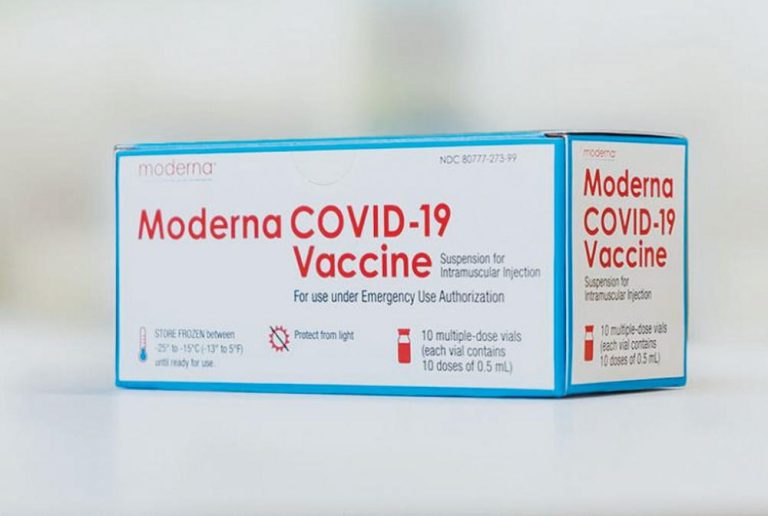
On Apr. 20, 2021, Moderna announced a new supply agreement with Israel for 2022 whereby Israel also retained…
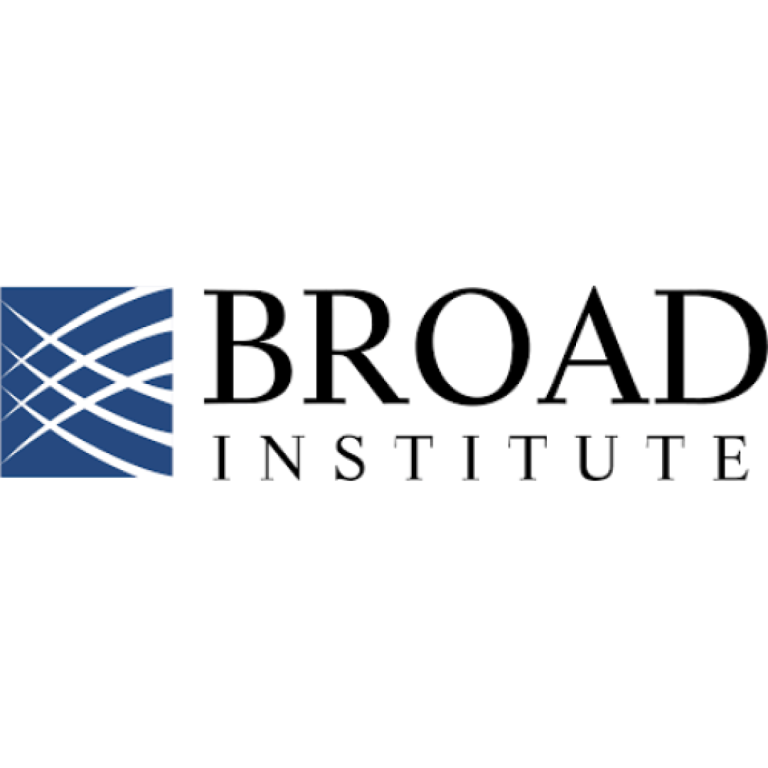
On Apr. 19, 2021, the Broad Institute of MIT in partnership with the Centers for Disease Control and…

On Apr. 19, 2021, Tonix Pharmaceuticals and OyaGen announced an exclusive worldwide licensing agreement for an antiviral inhibitor…

On Apr. 19, 2021, scientists at the Texas A&M University Global Health Research Complex (GHRC) announced they had…
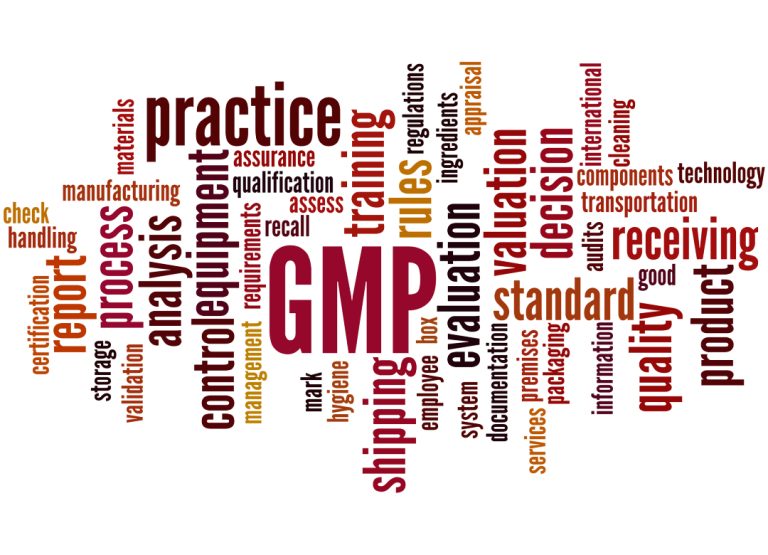
On Apr. 19, 2021, CytoDyn announced it had submitted the manufacturing section (CMC) of the application for an…
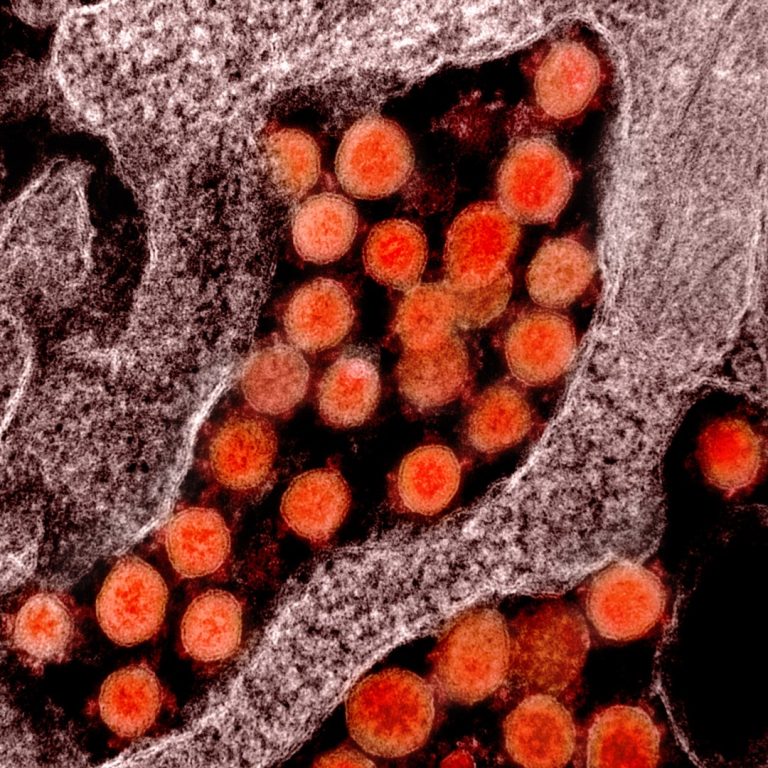
On Apr. 15, 2021, Inovio Pharmaceuticals announced the results of a study focusing on the human immune responses…
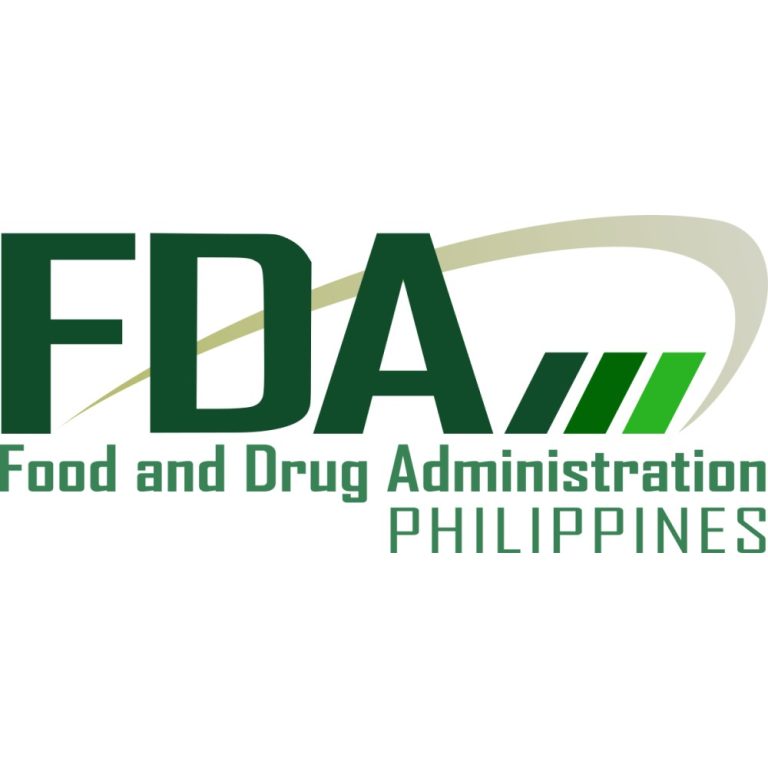
On Apr. 15, 2021, CytoDyn announced it had executed an exclusive supply and distribution agreement with Chiral Pharma…

On Apr. 15, 2021, the National Institute of Allergy and Infectious Diseases (NIAID) announced it had had established…

On Apr. 14, 2021, researchers running the Com-Cov study, launched in February to investigate alternating doses of the…
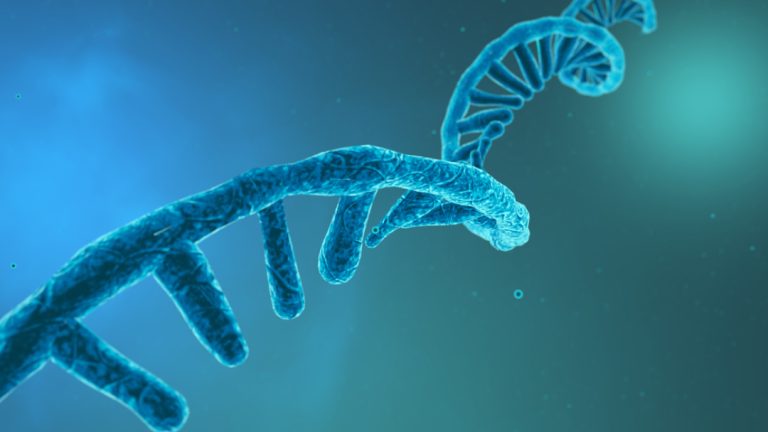
On Apr. 14, 2021, Moderna announced that results from a preclinical study of the Company’s COVID-19 variant-specific vaccine…

On Apr. 14, 2021, Novavax announced its participation in an expanded investigator-initiated Phase 2 clinical trial called Comparing…
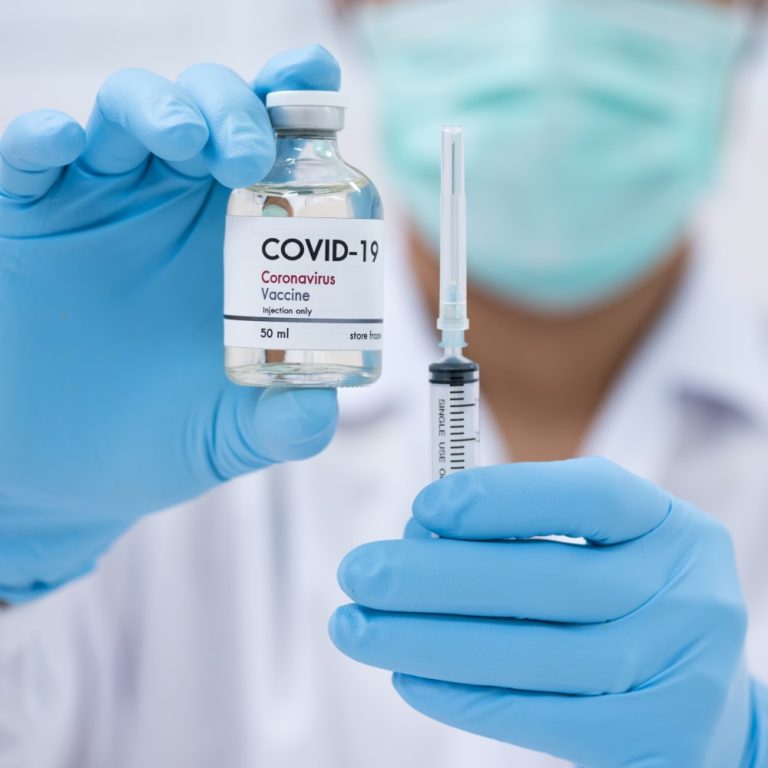
On Apr. 13, 2021, Moderna announced that new results from a preclinical study of the Company’s COVID-19 variant-specific…

On Apr. 12, 2021, Resverlogix announced that it had successfully received its desired ‘No Objection Letter’ from Health…
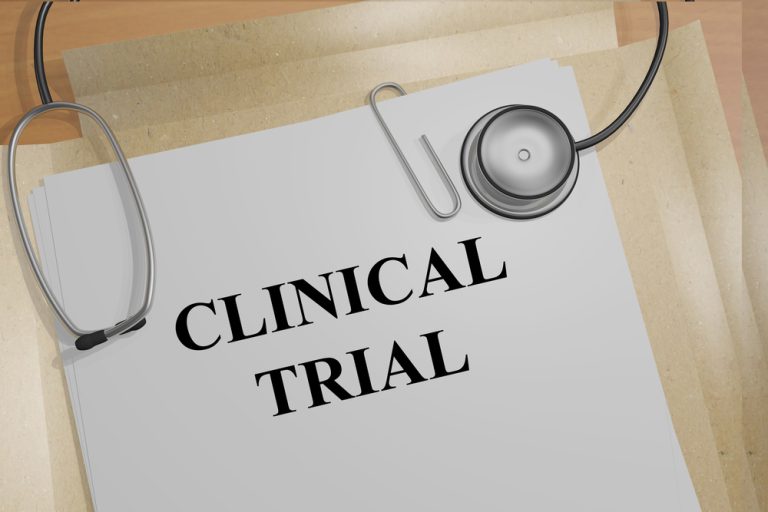
On Apr. 8, 2021, Oxford University announced that favipiravir was to be investigated in the UK as part…
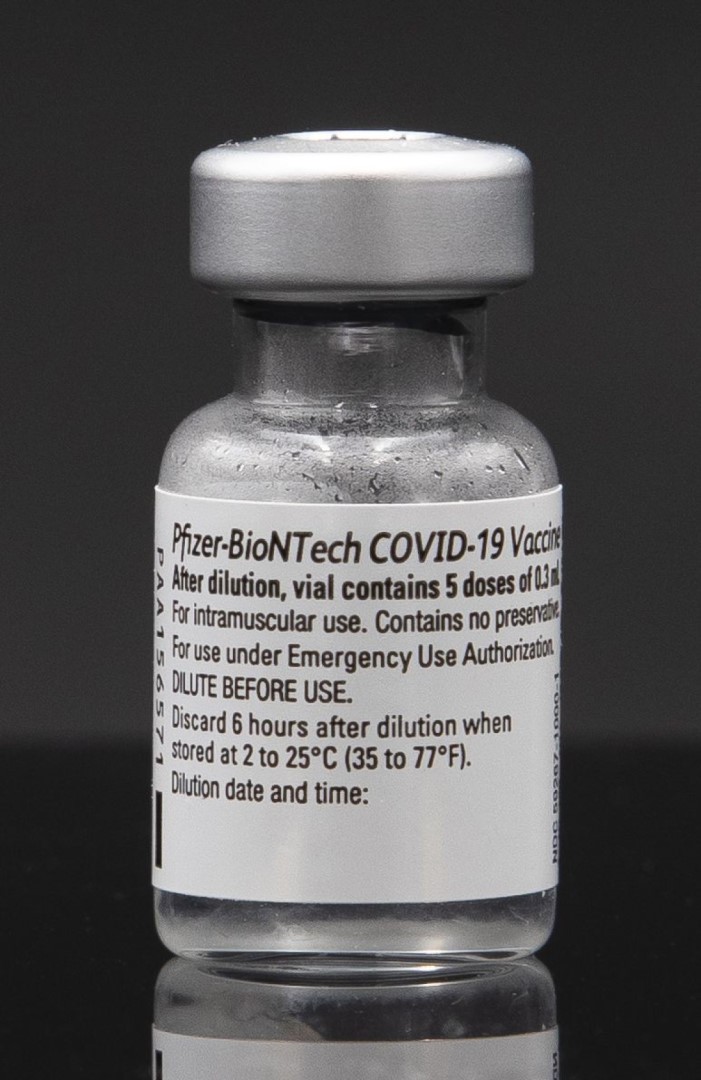
On Apr. 7, 2021, the National Institutes of Health (NIH) announced that a clinical trial was underway to…
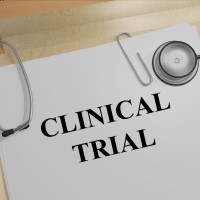
On Apr. 7, 2021, Moderna announced publication of antibody persistence data out to 6 months following the second…

On Apr. 6, 2021, Moderna and Catalent announced the expansion of their strategic collaboration to dedicate a new…
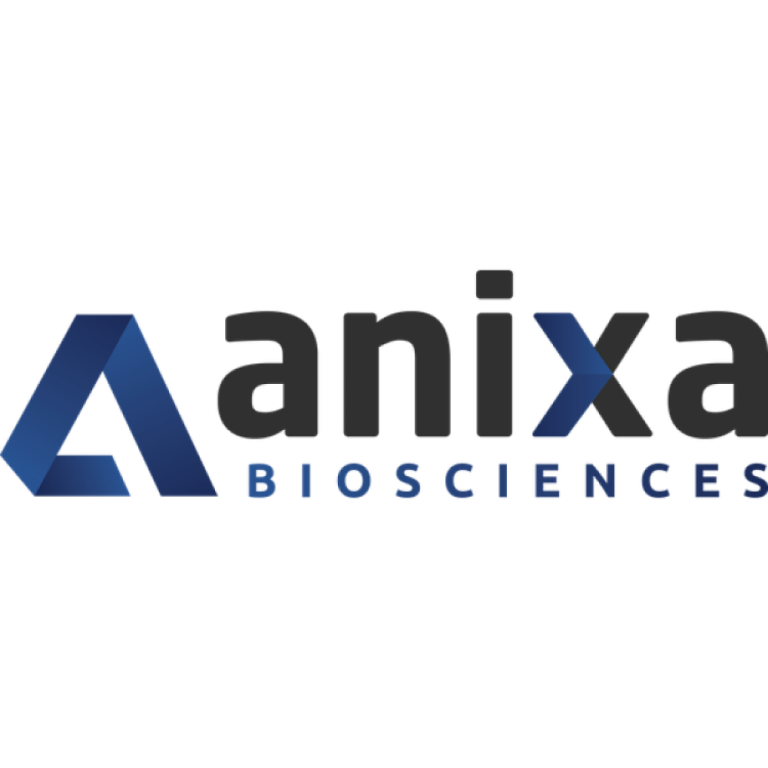
On Apr. 5, 2021, Anixa Biosciences announced that based on Proof of Concept animal study results, it was…

On Apr. 5, 2021, Novavax announced the initiation of crossover arms in two ongoing clinical trials of NVX-CoV2373,…
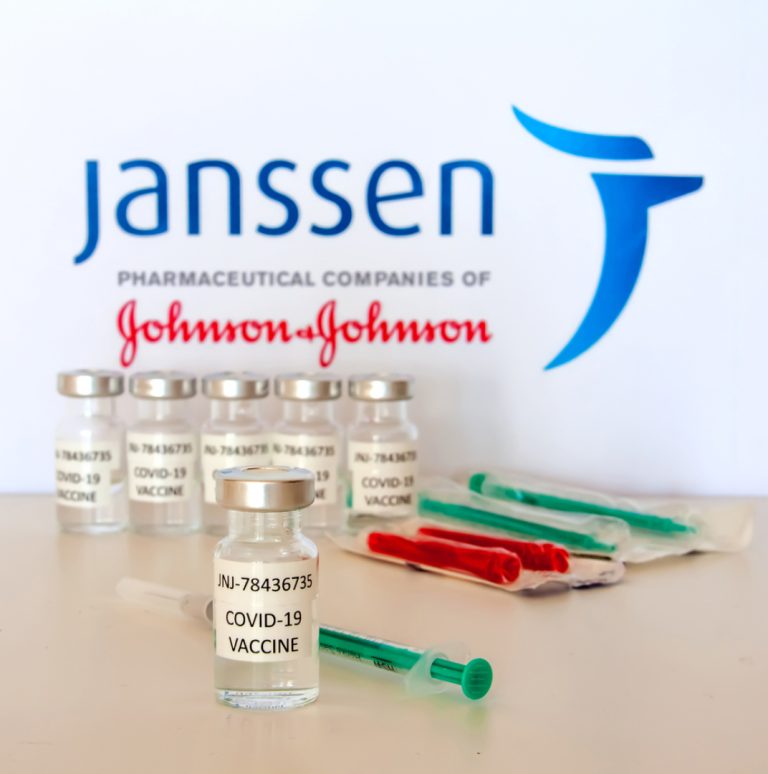
On Apr. 4, 2021, Emergent BioSolutions announced it had received a contract modification to increase the original task…
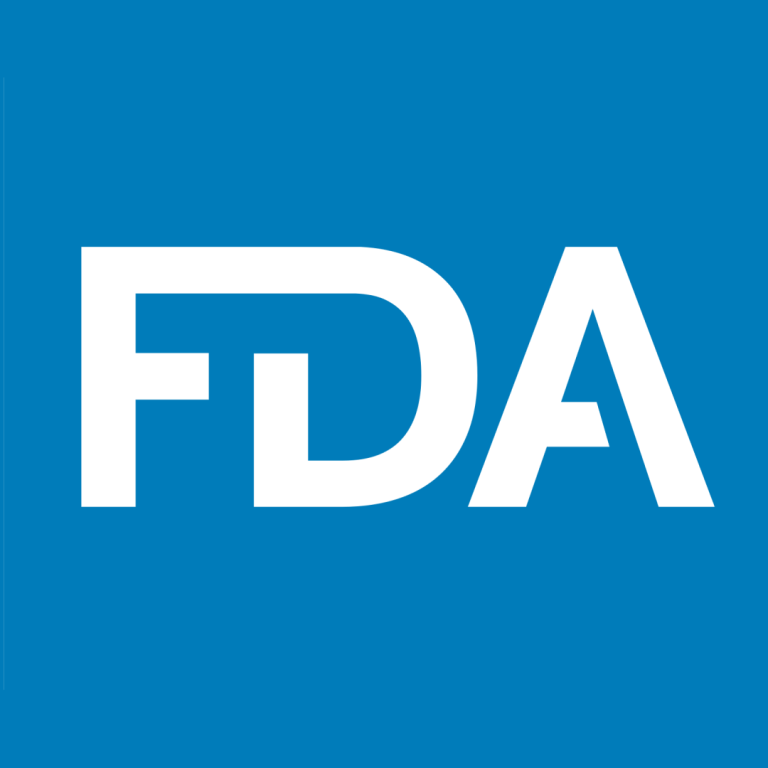
On Apr. 1, 2021, the U.S. Food and Drug Administration (FDA) announced two revisions regarding the number of…

On Apr. 1, 2021, Moderna announced that based on submitted stability data, the U.S. Food and Drug Administration…
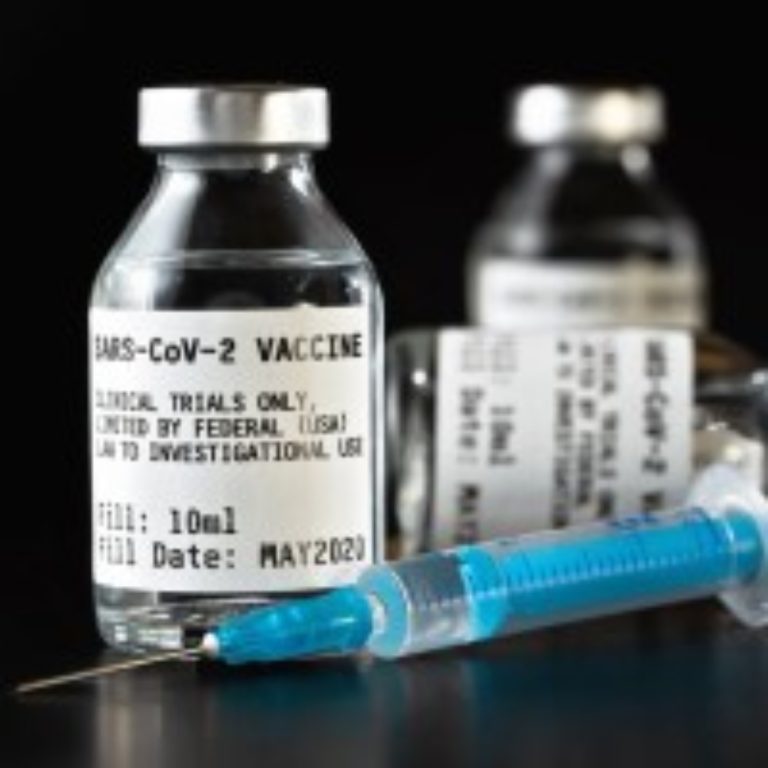
On Apr. 1, 2021, Kaiser Permanente Washington Health Research Institute (KPWHRI) announced that an investigational vaccine designed to…
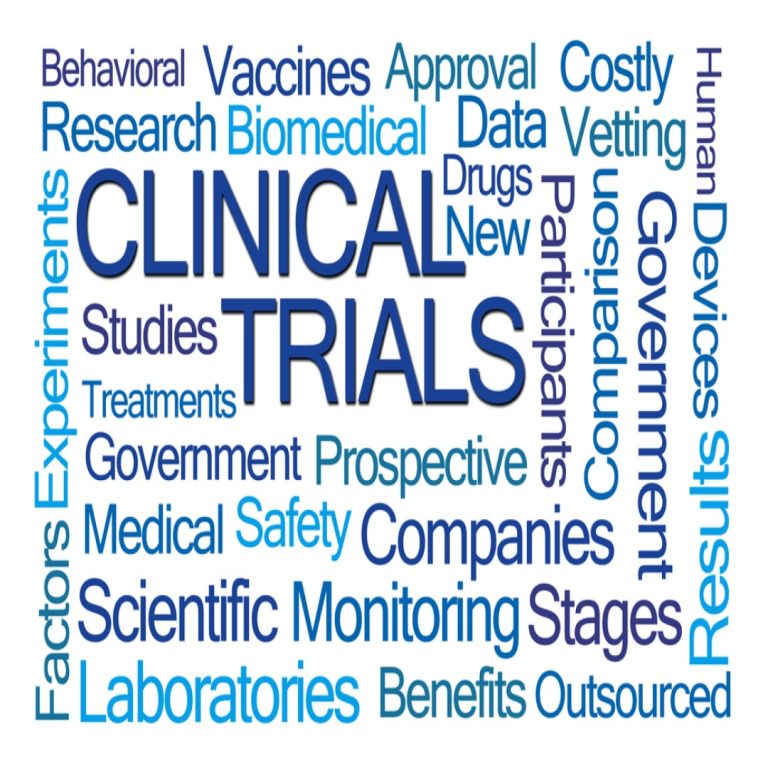
On Mar. 31, 2021, the National Institutes of Health (NIH) announced that an investigational vaccine designed to protect…
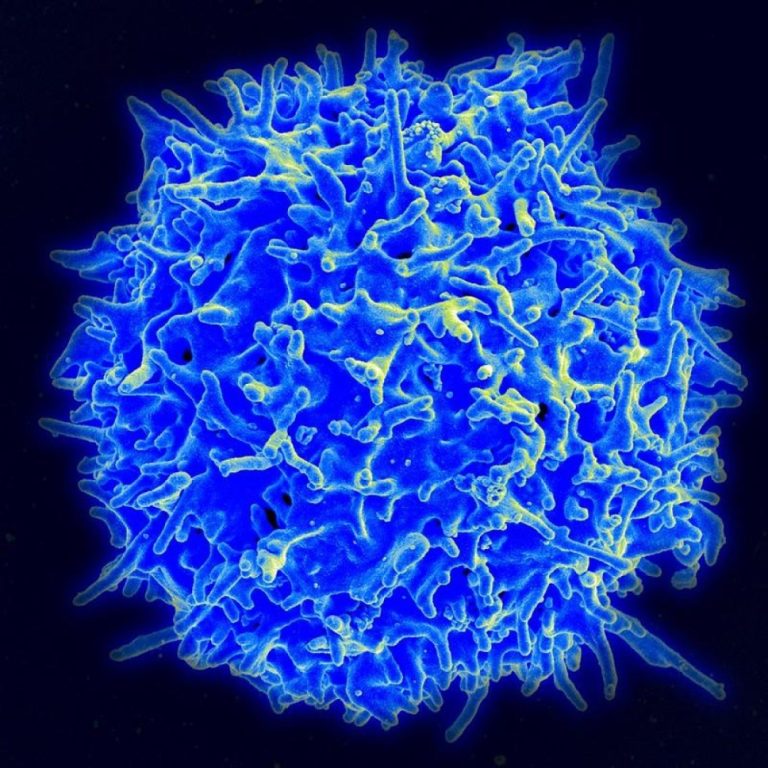
On Mar. 30, 2021, the National Institute of Allergy and Infectious Diseases (NIAID) announced that researchers had analyzed…

On Mar. 30, 2021, BD (Becton, Dickinson) announced the U.S. Food and Drug Administration (FDA) granted emergency use…

On Mar. 30, 2021, CytoDyn announced further results from its CD12 trial of severe-to-critically ill patients with COVID-19….
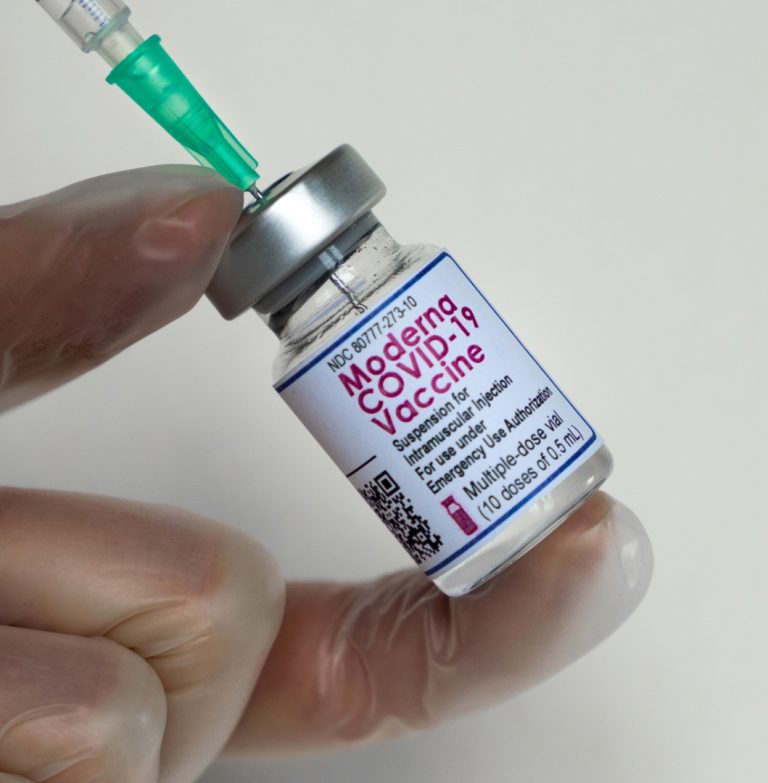
On Mar. 29, 2021, Moderna announced that the Company has shipped the 100-millionth dose of its COVID-19 vaccine…

On Mar. 29, 2021, Novavax, GSK and the UK Government Vaccines Taskforce announced an agreement in principle to…